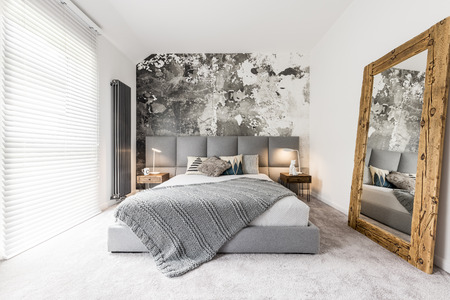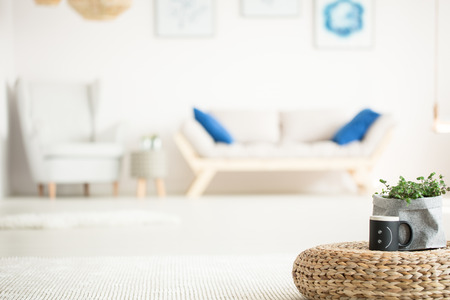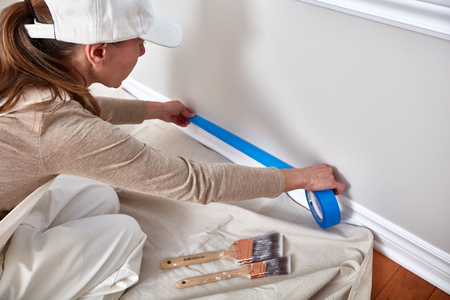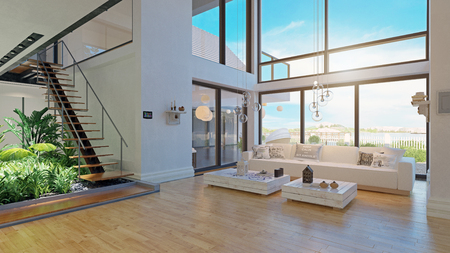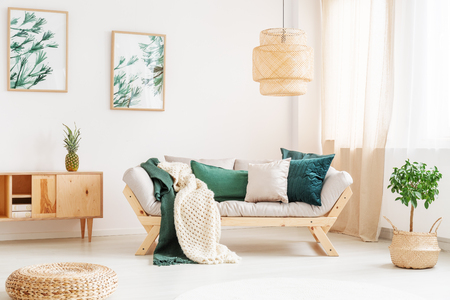Tips for Making the Most out of Your Tall Walls & High Ceilings
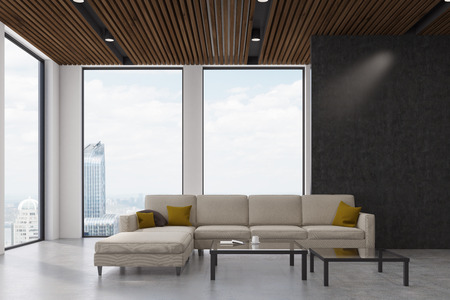
Of course, you are in love with your tall walls and high ceilings. In fact, such depth makes your home feel more spacious, open, and it allows for the perfect opportunity to capitalize on natural lighting. While tall walls and high ceilings are a dream for many homeowners, it can be challenging to decorate spaces with such depth. In this article, we are going to discuss simple ways you can enhance your tall walls and ceilings so that you create a stunning design. Let’s take a look!
Darker Colors Add More Drama
In smaller spaces, darker colors can completely close off a room, making it appear smaller. However, with high ceilings and tall walls, dark colors will create an intimate and dramatic look. If you are apprehensive about painting your entire space a dark color, consider creating an accent wall using darker tones. It will help amplify the height without overwhelming the design.
Artwork Is a Must
When decorating tall walls, artwork is a must. The best way to complement your tall walls with artwork is to scale up their size. So you will want to choose large pieces that spread over the expansion of your walls. Horizontal art pieces will fill up the emptiness without being overpowering, whereas vertical artwork will also make a bold statement. Vertical art on your tall walls will draw your eyes upwards. You can stick to a single, bold piece of art, or you can venture out and create a gallery. If you are interested in creating a gallery or a grouping of art pieces, be sure to mix up the sizes for a unique look.
Dabble in Textiles
For a super modern look, consider dressing your tall walls in textiles. Find the right swath of fabric that goes with the theme of the room. For example, you can use wooden rods to mount the swath of fabric on the wall. Depending on the scale of the wall, you can install multiple swaths of fabrics.
How do you currently dress up your tall walls and ceilings? Do you already use any of the tips we mentioned? We would love to hear your feedback below in the comment section. Thanks for reading!

